Cast iron baseboards - where to get them?
doofus
14 years ago
Featured Answer
Comments (15)
paulbm
14 years agocheri127
14 years agoRelated Professionals
Phoenix Solar Energy Systems · Bellflower Solar Energy Systems · Frankfort Solar Energy Systems · Herriman Solar Energy Systems · Maple Grove Solar Energy Systems · New Lenox Solar Energy Systems · Birmingham Home Automation & Home Media · Phoenix Home Automation & Home Media · Plainview Home Automation & Home Media · San Bruno Home Automation & Home Media · Silver Spring Home Automation & Home Media · Deer Park Fireplaces · Mauldin Fireplaces · Olathe Fireplaces · Winthrop Fireplacesfsq4cw
14 years agodoofus
14 years agofsq4cw
14 years agotk03
14 years agodoofus
14 years agopaulbm
14 years agomr_havac
14 years agodoofus
14 years agopaulbm
14 years agodoofus
14 years agopaulbm
14 years agogemini_nancy_cox_net
13 years ago
Related Stories

ARCHITECTURERoots of Style: Where Did Your House Get Its Look?
Explore the role of architectural fashions in current designs through 5 home styles that bridge past and present
Full Story
GREAT HOME PROJECTSPower to the People: Outlets Right Where You Want Them
No more crawling and craning. With outlets in furniture, drawers and cabinets, access to power has never been easier
Full Story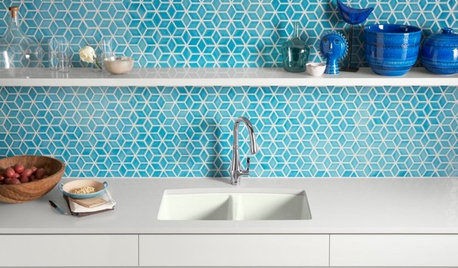
KITCHEN DESIGNKitchen Sinks: Enameled Cast Iron for Attractive Durability
Strong, shiny and sustainable, an enameled cast iron sink can bring character to your kitchen
Full Story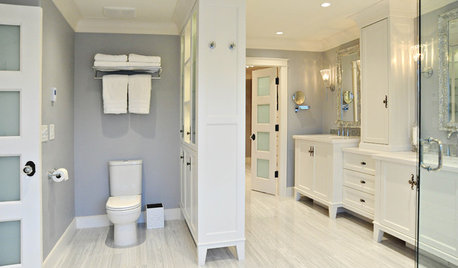
BATHROOM DESIGNBath Remodeling: So, Where to Put the Toilet?
There's a lot to consider: paneling, baseboards, shower door. Before you install the toilet, get situated with these tips
Full Story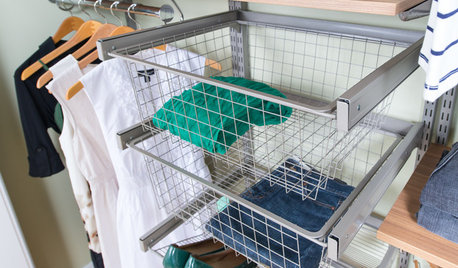
CLOSETSHow to Store Your Clothes to Keep Them Looking Good Longer
Here’s what clothes to fold, what to hang and how to stash your off-season stuff
Full Story
REMODELING GUIDESWhere to Splurge, Where to Save in Your Remodel
Learn how to balance your budget and set priorities to get the home features you want with the least compromise
Full Story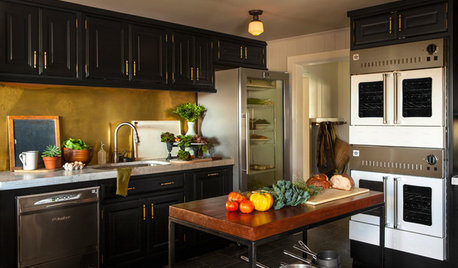
FARMHOUSESAn Iron Chef’s Farm Kitchen Gets Some Kick
Pro appliances and improved accessibility prove the right recipe for a kitchen that now multitasks with ease
Full Story
REMODELING GUIDESOriginal Home Details: What to Keep, What to Cast Off
Renovate an older home without regrets with this insight on the details worth preserving
Full Story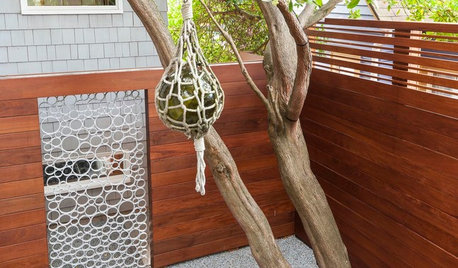
FENCES AND GATESA Designer Uses PVC Pipe to Cast a Modern Garden Gate
Landscape designer Scot Eckley walks us through the process of creating a custom aluminum ring gate
Full Story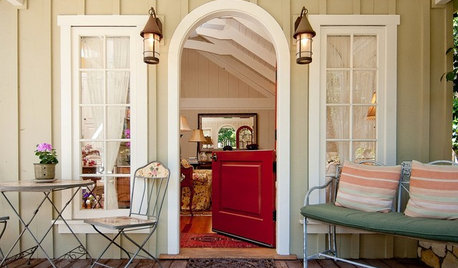
LIGHTINGCast a Spell With Outdoor Lights
Make a night on the patio magical or conjure a warm welcome for guests on the porch with well-chosen outdoor lighting fixtures
Full StoryMore Discussions







doofusOriginal Author